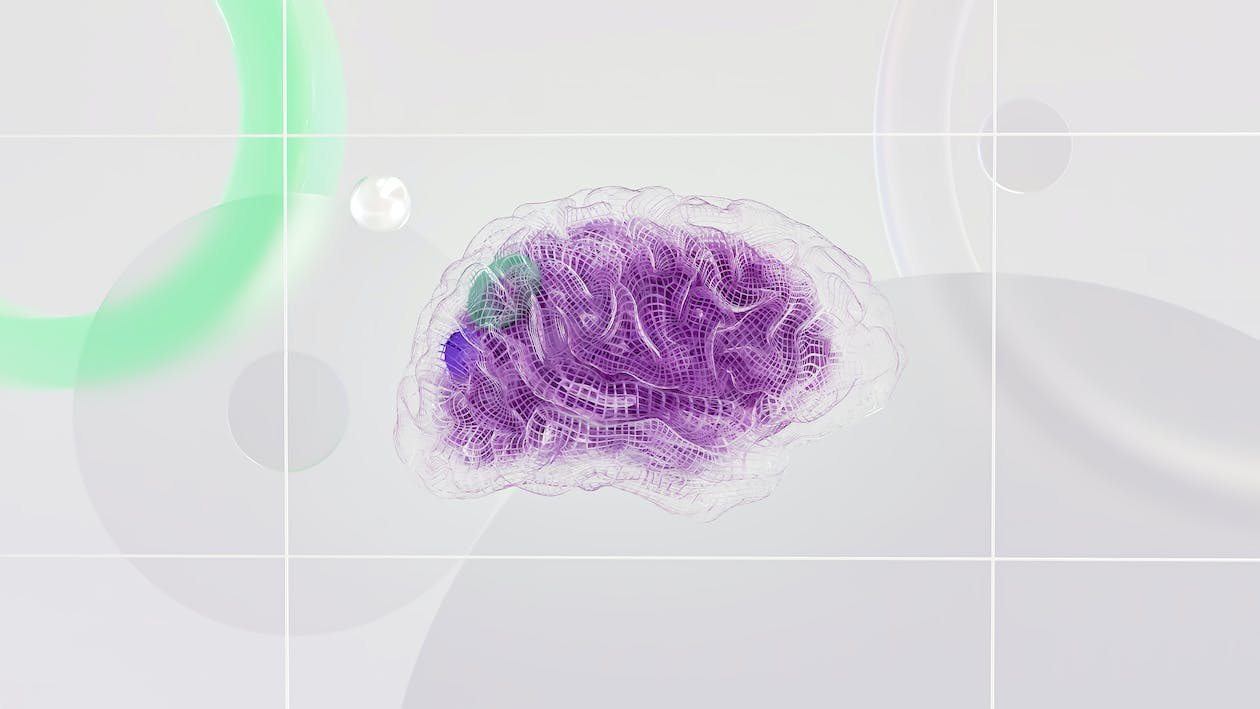NeuroCodeX Report: A Personalized Pathway to Cognitive Health with Dr. Curtis Cripe
In the pursuit of optimal cognitive health, individualized insights are essential for creating effective improvement strategies. Dr. Curtis Cripe mentions that the NeuroCodeX® Report serves as a groundbreaking tool in this area, offering a personalized blueprint for brain health that zeroes in on specific areas of the brain needing support. Developed to provide actionable insights, this report empowers individuals and healthcare professionals with precise information for targeted cognitive enhancement.A Detailed Brain Health Assessment Like No Other
The NeuroCodeX® Report stands out because it dives deep into the brain’s unique cognitive profile, offering a precise view of where improvements can be made. By analyzing the brain’s strengths and potential weaknesses, NeuroCodeX® provides a clear picture of each person’s cognitive landscape. This report is more than a simple diagnostic—it’s a tailored guide, shedding light on how various parts of the brain function together and identifying areas that could benefit from specific exercises or interventions. By mapping out these cognitive interconnections, NeuroCodeX® offers insights that are as detailed as they are practical, highlighting how individual brain functions impact overall performance. This level of precision allows individuals to understand not just what needs improvement but also why it matters in the context of their daily cognitive demands and goals.
Identifying Areas That Need Strengthening
One of the core benefits of the NeuroCodeX® Report is its ability to highlight brain regions that may need reinforcement. Whether it’s memory, attention, executive functioning, or processing speed, NeuroCodeX® pinpoints where support is most needed; this targeted insight is invaluable for those who want to take proactive steps toward cognitive health, as it directs efforts to where they will be most impactful. For example, someone experiencing frequent attention lapses could receive recommendations for exercises or lifestyle changes to improve focus.
Tailored Solutions for Cognitive Improvement
Beyond identifying areas that require strengthening, the NeuroCodeX® Report also offers customized solutions for cognitive improvement. These tailored recommendations may include cognitive exercises, nutritional adjustments, or lifestyle changes, all based on the individual’s specific profile. This approach ensures that any suggested actions align with the brain’s unique needs, making cognitive improvement both efficient and highly effective.
Empowering Individuals to Take Charge of Brain Health
The personalized nature of the NeuroCodeX® Report empowers individuals to take a proactive role in managing and improving their brain health. By providing a clear, actionable roadmap, it enables users to focus on targeted practices that can enhance mental resilience and cognitive performance. This level of customization makes the NeuroCodeX® Report an invaluable resource for anyone seeking to optimize their cognitive abilities and maintain long-term brain health.
Dr. Curtis Cripe points out that with a tailored approach that addresses each person’s unique cognitive landscape, NeuroCodeX® is truly a powerful tool for cognitive wellness, offering a strategic path forward in brain health enhancement.


















